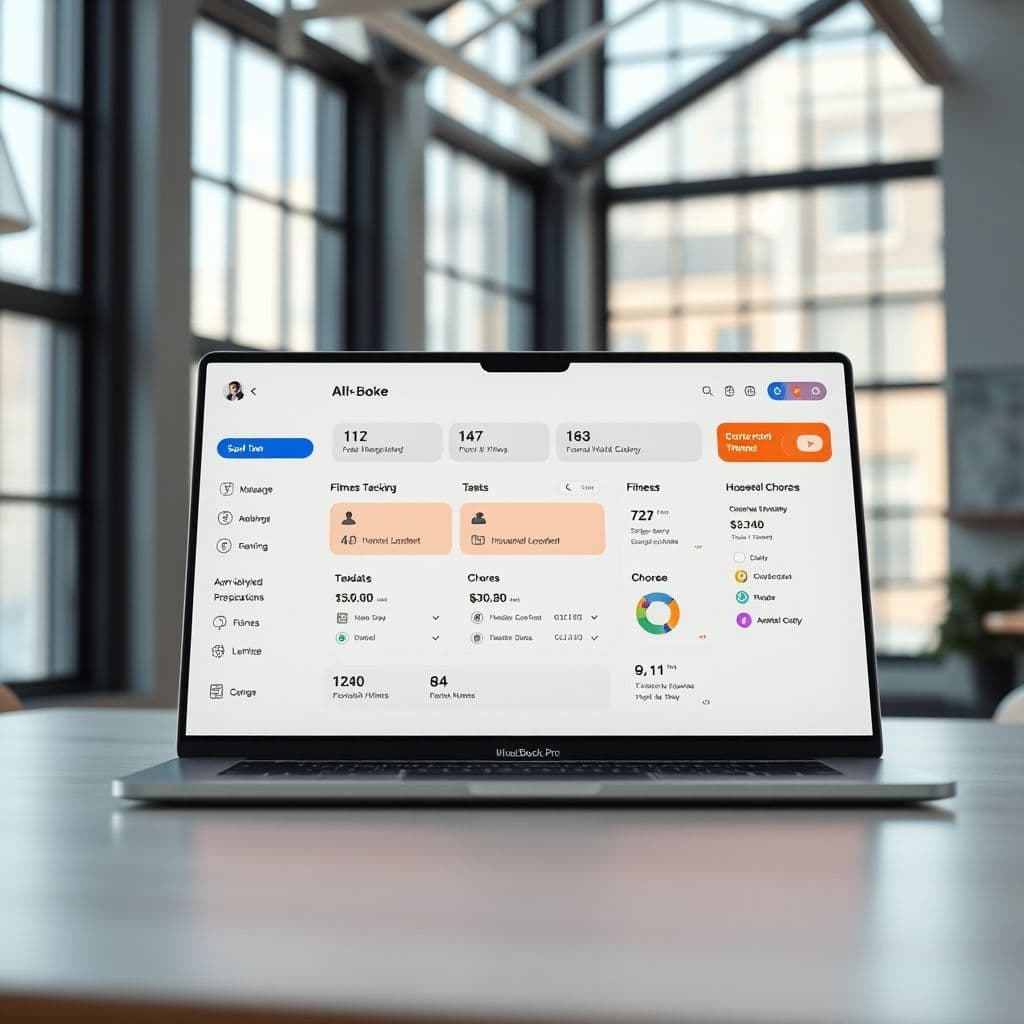The Overwhelming Reality of Managing Multiple Productivity Apps and a Unified Solution

In today's fast-paced digital world, productivity apps are supposed to make our lives easier. But what happens when you have too many of them? Users are increasingly feeling overwhelmed by managing multiple productivity apps, each serving a different purpose. From task scheduling to gym tracking, the sheer number of apps can lead to confusion, inefficiency, and even burnout. This article explores the problem in depth and presents a hypothetical SaaS solution that could streamline your workflow.
The Problem: Causes and Consequences
The rise of specialized productivity apps has led to a fragmented digital experience. Users often find themselves switching between apps like Structured for daily timelines, Things for task management, Tody for household chores, and Hevy for gym tracking. While each app excels in its niche, the lack of integration creates a disjointed workflow. Common pain points include subscription fatigue, overlapping features, and the mental load of managing multiple interfaces. Comments like 'juggling that many apps on top of everything else is too much for me personally' and 'I quickly got overwhelmed with adding in all the tasks' highlight the frustration many users face.

Idea of SaaS: How It Could Work
Imagine a unified productivity platform that integrates the best features of these specialized apps into one seamless interface. This hypothetical SaaS solution could offer customizable modules for task management, household chores, fitness tracking, and more, all under one roof. Key features might include a centralized dashboard, cross-module notifications, and AI-driven suggestions to optimize your schedule. By reducing the need to switch between apps, this platform could save time, reduce mental clutter, and enhance overall productivity.
The benefits of such a platform are clear: no more subscription overload, a single point of access for all tasks, and the ability to customize workflows to fit individual needs. For example, a user could set up a morning routine that includes gym tracking, task prioritization, and household chores, all within the same app. The platform could also offer integration with existing tools like Notion, addressing the common request for compatibility with popular apps.

Potential Use Cases
This unified platform could cater to a wide range of users. Busy professionals could streamline their work and personal tasks, while students could manage assignments, fitness goals, and household responsibilities in one place. Parents might find it especially useful for coordinating family schedules and chores. Even freelancers and remote workers could benefit from a single tool that handles project management, time tracking, and personal wellness. The flexibility of modular design means the platform could adapt to virtually any lifestyle or workflow.
Conclusion
The idea of a unified productivity platform addresses a growing pain point in our increasingly digital lives. While specialized apps have their merits, the overhead of managing multiple tools can negate their benefits. A well-designed SaaS solution could revolutionize how we approach productivity, offering simplicity, efficiency, and peace of mind. Would you use such a platform? Share your thoughts in the comments!
Frequently Asked Questions
- How viable is it to develop this SaaS idea?
- Developing a unified productivity platform is technically feasible but would require significant resources for integration, user interface design, and AI capabilities. The next steps would involve market research, prototyping, and securing funding to bring the idea to life.
- Would this platform replace all my existing apps?
- The goal would be to offer a comprehensive alternative, but the platform could also include integration options for users who prefer to keep some of their existing tools. Flexibility would be a key feature.
- How would pricing work for such a platform?
- A subscription model with tiered pricing could offer basic features for free and premium modules for advanced functionality. This would make the platform accessible while covering development costs.


